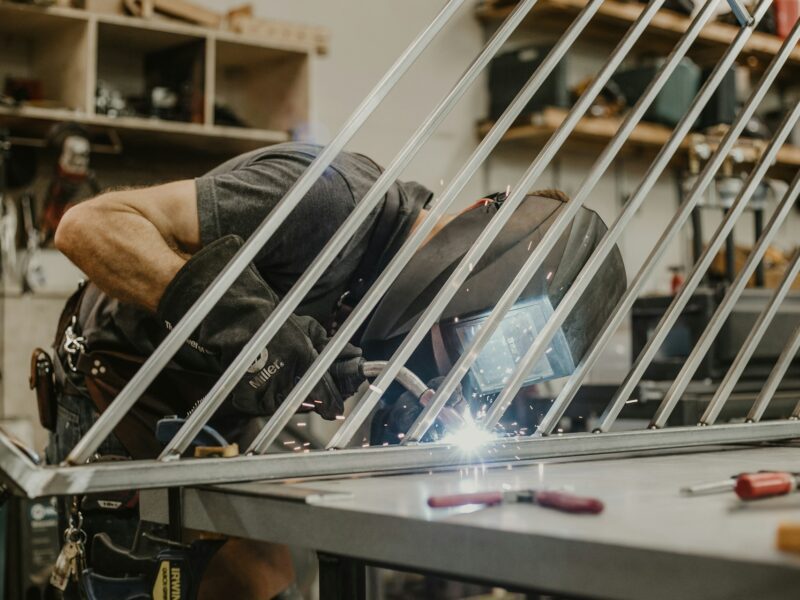Transform your bathroom into the luxurious spa retreat of your dreams with natural stone tile. From travertine to limestone, these gorgeous tiles offer elegance and longevity, adding value to your home.
Natural stone is an all-natural material straight from Mother Earth! Understanding this material’s nature before beginning your project is essential.
Contents
Choosing the Right Tile
Choosing the right tile for your bathroom is essential because it can impact the whole look of your home. Tile comes in various shapes, sizes, patterns, and colors, so finding a unique design for your space is easy. There are also a variety of surface finishes that can be used to enhance the look of a tile. Some popular options include glossy, matte, satin, honed and filled, and hand-chipped.
When choosing your tiles, deciding on your floor and wall layout is a good idea. This will help you narrow down your options and give you a guideline when selecting the style and size of your tiles. Mixing tile types when designing a bathroom is expected as it adds color, texture, and character.
Regarding tile color, light colors can brighten a space and make a room feel larger, while darker shades can add warmth and create a more intimate feeling. Having a sample of the tile you want to test the color and texture before making your final decision is a good idea.
Getting Started
When laying natural stone tile, the first step is to prepare the space. This means ensuring all old tiles are removed and the space is clear of debris. If you’re tiling your floor, this may mean installing plywood as a base layer over the existing flooring. This will protect it from damage and help ensure your new tiles don’t crack over time.
Once you’ve prepped the space, it’s time to start installing the new tile. Before you do, though, ensure you have the correct adhesive for your stone. Different types of stone require different types of adhesive. Also, purchasing extra tiles for your project is a good idea. This will allow you to weed out any that are damaged or don’t fit well with your bathroom. It will also allow you to have matching tiles should you need to repair a small area.
Unlike ceramic, manufactured in a kiln, the best natural stone tile comes straight from nature. Because of this, no two sets are exactly alike, which can add to your home’s charm and character. However, these variances can also make it challenging to maintain a consistent appearance, which is why you’ll need to seal the stone once it’s installed. This will prevent it from absorbing liquids, which could cause the stones to stain.
Installation
When it comes to bathroom remodeling, there are many materials that homeowners can choose from. However, natural stone is gaining popularity for its durability and unique style. The material is also water-resistant and easy to care for, making it a good choice for any room in the house.
One of the most critical steps is ensuring you have all the necessary tools and materials before beginning the installation process. Everything you need will prevent you from making trips to the hardware store midway through your project and may help you complete the work faster. Having a partner when working with large stones is also essential, as they can be heavy.
During the actual tile laying process, it is recommended to follow all manufacturer instructions for thin-set application. It is also best to use a notched trowel with a flat side to “comb” the thin set to adhere correctly to the tiles. The notched trowel also helps to reduce tile slippage during the setting process.
It is also important to remember that natural stone tile is porous and must be sealed after installation to prevent staining. This is a simple step that will keep your tiles looking beautiful for years to come and will also increase the longevity of your tiles.
Maintenance
While durable, natural stone tile requires more maintenance than ceramic and porcelain. However, with the proper care, it can last for generations and increase the resale value of your home.
To keep your natural stone looking its best, you’ll want to use a clean, pH-neutral cleaner that will not damage or discolor the sealant. It’s also important to wipe your surfaces often since dirt, dust, small rocks, and sand can scratch and wear down stones over time. To mitigate these problems, place doormats outside every entrance and use area rugs in high-traffic areas to catch some abrasive materials before they reach your tile floors.
Having a professional perform regular inspections and tests is also a good idea to ensure your stone is still sealed properly. If your tiles have become darker or the sealant is fading, it’s time to reseal them.
Other issues that can pop up include stains caused by acidic rain and dirt and tile cracking due to expansion and contraction. It’s also essential to check for any traces of iron in your stone, as these elements can cause your tiles to oxidize, a process more commonly known as rusting.



